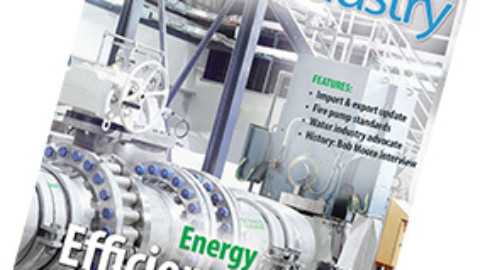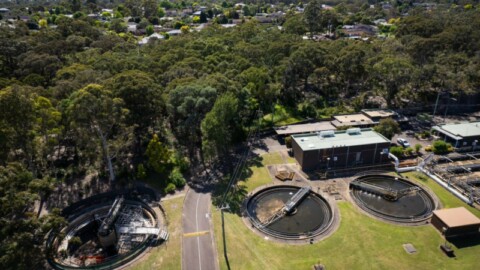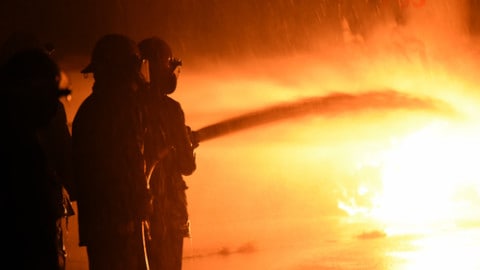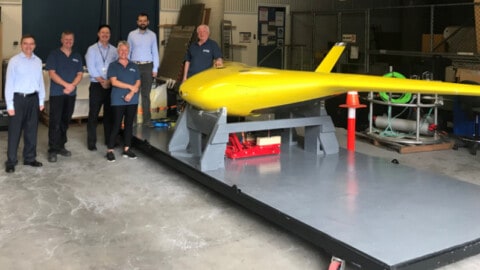 The Hydraulic Institute (HI) has recently updated two pump standards, covering allowable operating region for centrifugal and vertical pumps and submersible pump tests.
The Hydraulic Institute (HI) has recently updated two pump standards, covering allowable operating region for centrifugal and vertical pumps and submersible pump tests.
HI updated the 1997 edition of the ANSI/HI standard on allowable operating region for centrifugal and vertical pumps and published ANSI/HI 9.6.3 – 2012 Rotodynamic (Centrifugal and Vertical) Pumps – Guideline for Allowable Operating Region.
The updated guideline discusses the effects of operating a rotodynamic pump at rates of flow greater than or less than the rate of flow at the pump’s best efficiency point (BEP). These effects influence the power consumption and life of pump components and, therefore, considering the operating rate of flow is essential to reliable, efficient pump operation.
The preferred operating region (POR) andthe allowable operating region (AOR) are defined for rotodynamic pump types and related to specific speed. Factors that affect AOR are discussed and NPSH margin versus rate of flow is presented.
The guideline also indicates when stable or unstable operation may be expected based on typical system head curves, for pumps exhibiting a drooping head curve or a head curve with a dip. Considerations such as the robustness of a pump are also discussed.
HI has also updated the 2001 edition of the ANSI/HI standard on submersible pump tests and published ANSI/HI 11.6 – 2012 Rotodynamic Submersible Pumps for Hydraulic Performance, Hydrostatic Pressure, Mechanical, and Electrical Acceptance Tests. The updated standard applies to customer acceptance testing of submersible pumps driven by induction motors, unless otherwise agreed or specified.
ANSI/HI 11.6 – 2012 provides uniform procedures for performance, hydrostatic, net positive suction head required (NPSHR), submersible motor integrity, and vibration testing of submersible pumps; and data recording and reporting of the test results. It is intended to define test procedures that may be invoked by contractual agreement between a buyer and manufacturer. It is not intended to define a manufacturer’s standard practice.
A submersible pump is defined as a close-coupled pump/motor unit designed to operate submerged in the pumped liquid. This definition includes submersible pumps operating in either a wet-pit or dry-pit environment. A standard test measures pump performance from suction flange to discharge flange and electrical input power. It does not include accessory items, such as discharge elbows, suction fittings, or valves, unless specified by a contractual agreement.
The following submersible pump designs are covered in the 2012 edition of the standard:
- Semi-permanent/pull-up/wet-pit types
- Dry-pit/dry-installed types
- Portable/flexible discharge types
- Chopper/cutter/grinder types
- Close-coupled types
- Integral electric motor types
Information in the standard may be applied to pumps of any size and to any pumped liquids behaving as clean cold water. This standard does not deal with the structural details of the pump or with the mechanical properties of their components.
Both updated standards are available to purchase from the HI eStore in hard copy and PDF format.













